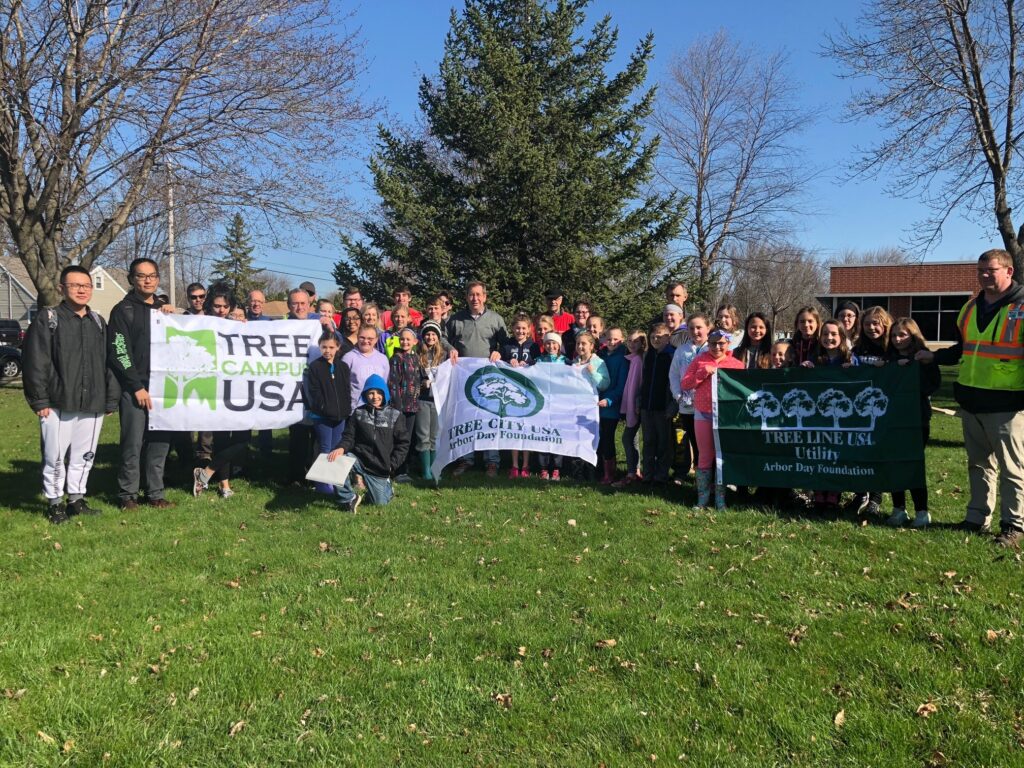By Bill McNee, DNR Forest Health Specialist, Oshkosh, Bill.Mcnee@wisconsin.gov or 920-360-0942
Typically, gypsy moth egg masses hatch in April as temperatures warm. Now is a great time to do an egg mass inspection to look for unknown infestations and treat or remove any masses within reach. Each mass can result in 500 to 1,000 leaf-eating caterpillars.
Egg masses are tan-colored lumps and vary from about the size of a nickel to a quarter. They can be found on many outdoor surfaces such as tree trunks, the undersides of branches, buildings, rocks, fences, retaining walls, firewood piles and picnic tables.
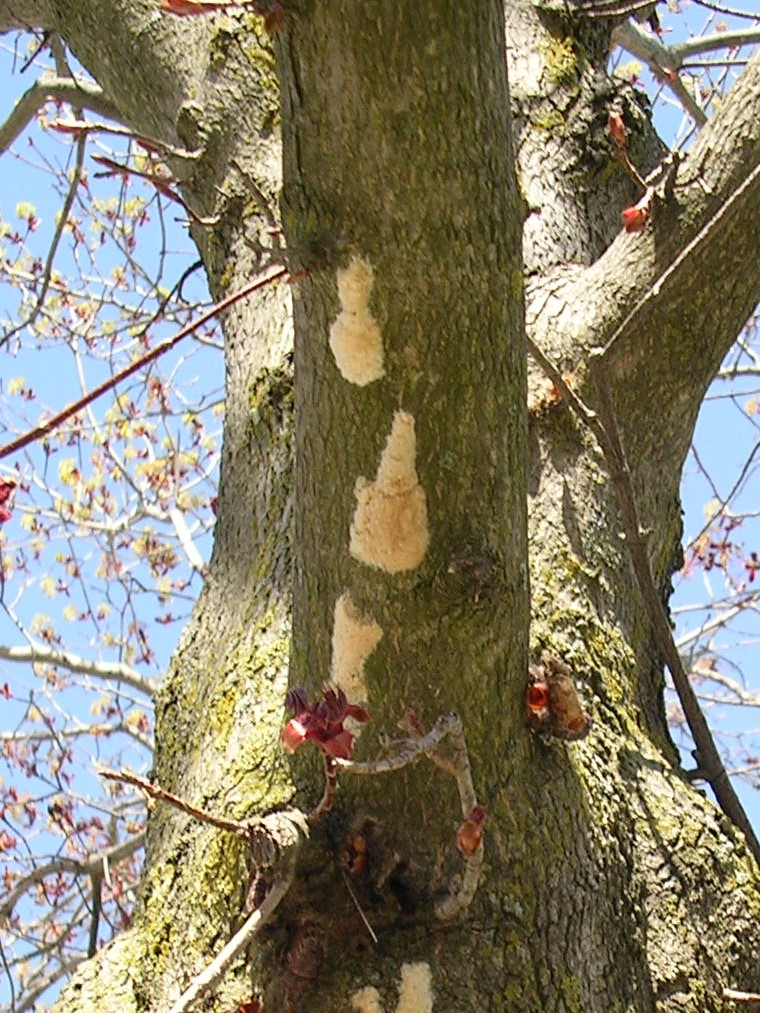
Gypsy moth egg masses on the underside of a maple branch.

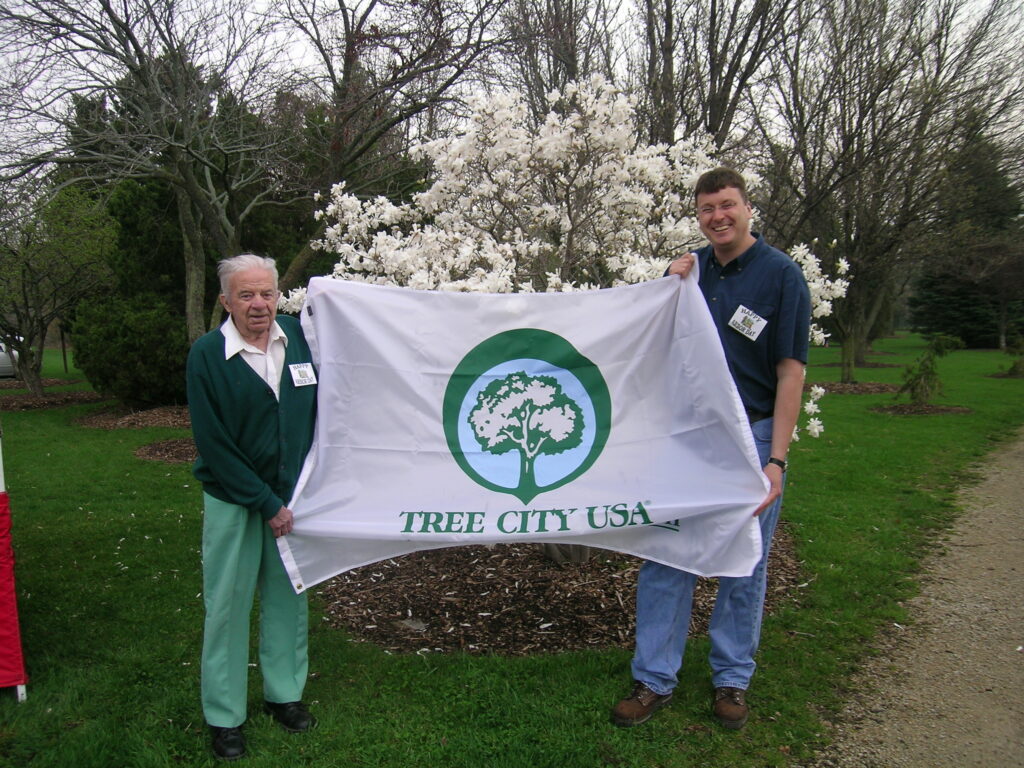 Tree City, Tree Campus and Tree Line USA program participants: please review the Arbor Day Foundation’s following expectations regarding the 2021 program recognition standards.
Tree City, Tree Campus and Tree Line USA program participants: please review the Arbor Day Foundation’s following expectations regarding the 2021 program recognition standards.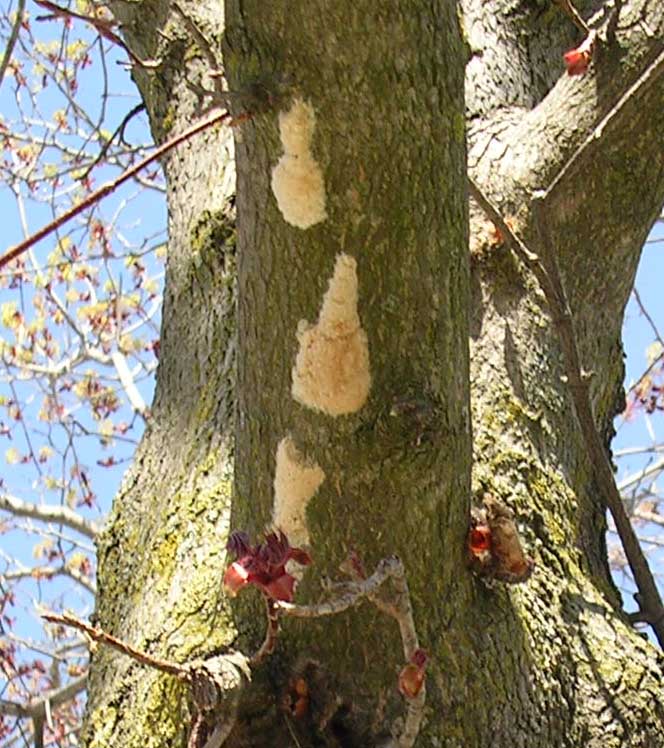
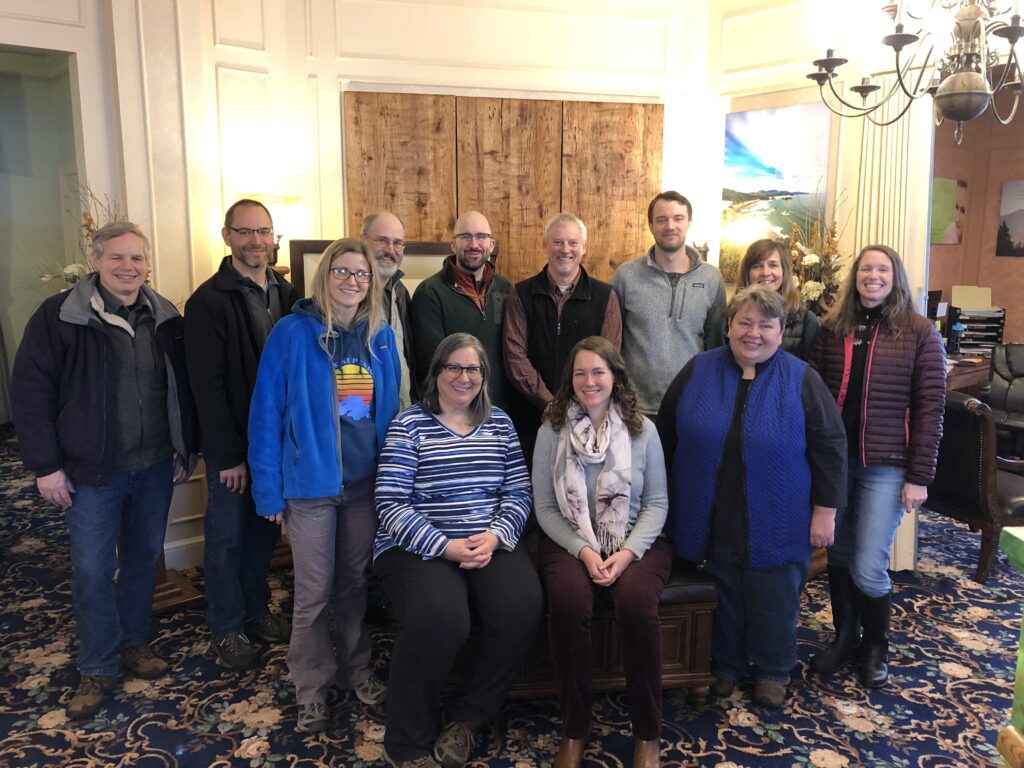 As the year draws to a close, we asked DNR urban forestry staff to reflect on the last twelve months and choose their top highlight – whether it’s a project they’re especially proud of, a new partnership or a deeper relationship with coworkers. Here are their responses:
As the year draws to a close, we asked DNR urban forestry staff to reflect on the last twelve months and choose their top highlight – whether it’s a project they’re especially proud of, a new partnership or a deeper relationship with coworkers. Here are their responses: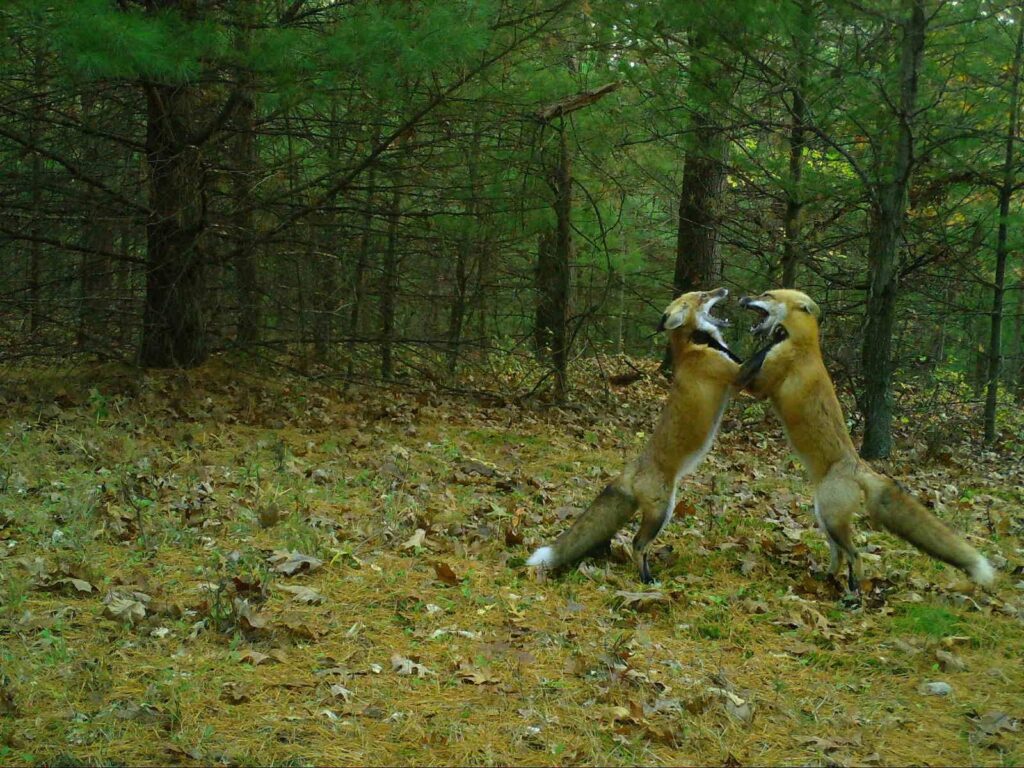 Fisher, fox, bobcat and bear are just a few of the species captured among the 50 million trail camera photos produced by Snapshot Wisconsin. The Wisconsin DNR program is a wildlife monitoring effort that gets the public involved in science, and the data generated help the DNR make wildlife management decisions. Volunteers host a network of trail cameras across the state that take “snapshots” of animals as they pass by. The program began as a pilot in two counties and launched statewide in 2018. Today the program boasts 1,800 volunteers hosting over 2,100 trail cameras. Information about what is in the photos, combined with where and when they were taken, is already being used to better understand important Wisconsin wildlife species, like white-tailed deer.
Fisher, fox, bobcat and bear are just a few of the species captured among the 50 million trail camera photos produced by Snapshot Wisconsin. The Wisconsin DNR program is a wildlife monitoring effort that gets the public involved in science, and the data generated help the DNR make wildlife management decisions. Volunteers host a network of trail cameras across the state that take “snapshots” of animals as they pass by. The program began as a pilot in two counties and launched statewide in 2018. Today the program boasts 1,800 volunteers hosting over 2,100 trail cameras. Information about what is in the photos, combined with where and when they were taken, is already being used to better understand important Wisconsin wildlife species, like white-tailed deer.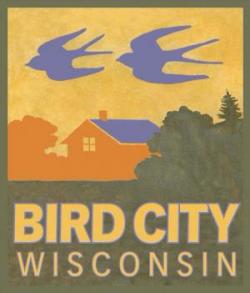 Act fast to keep your Tree City, Bird City, and Bee City status! Due dates are as follows:
Act fast to keep your Tree City, Bird City, and Bee City status! Due dates are as follows: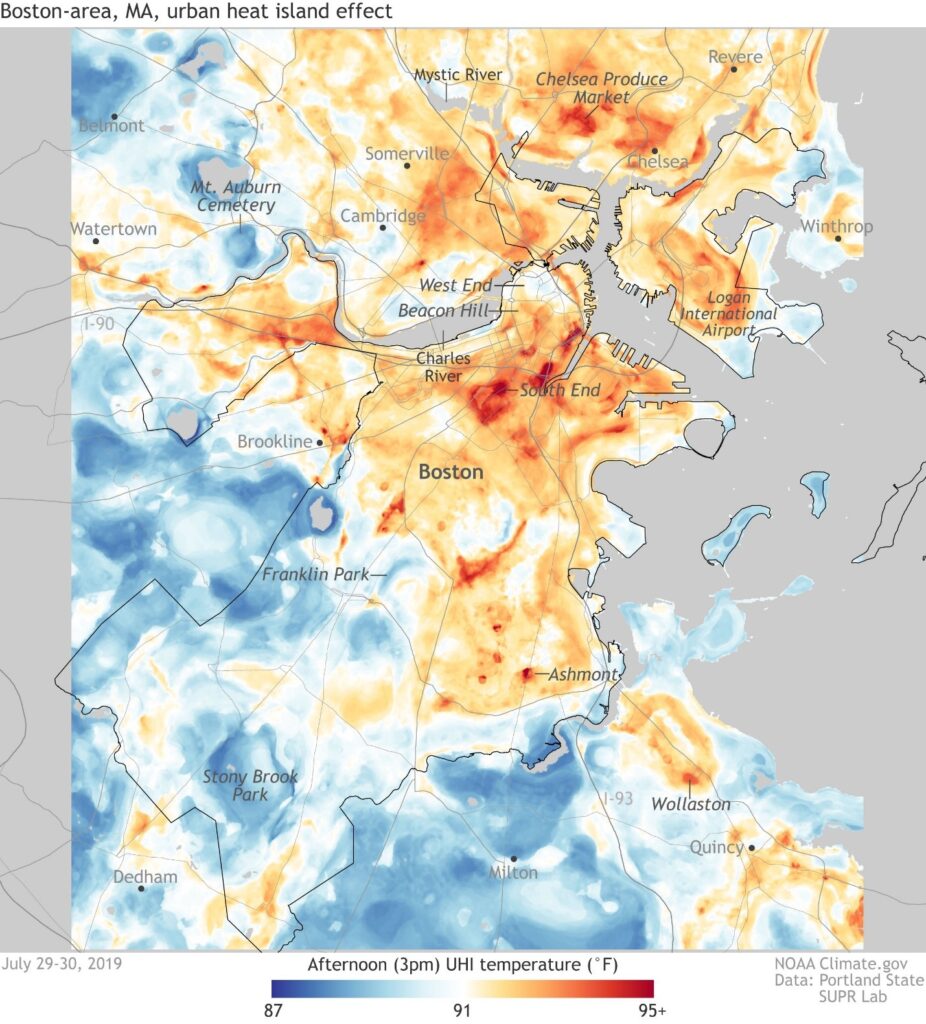
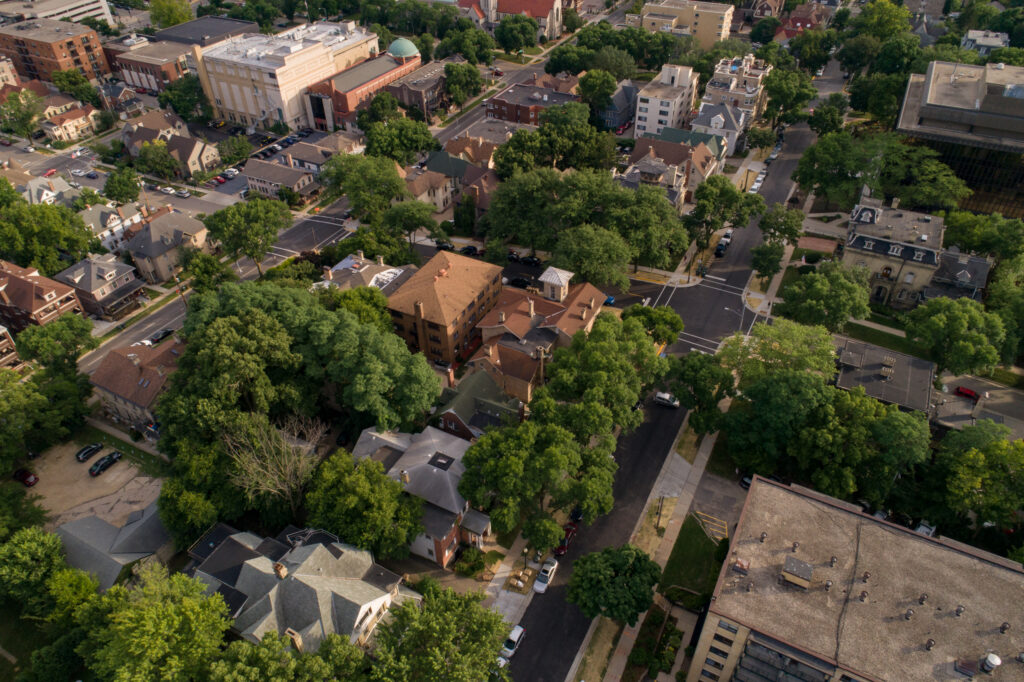 The
The 